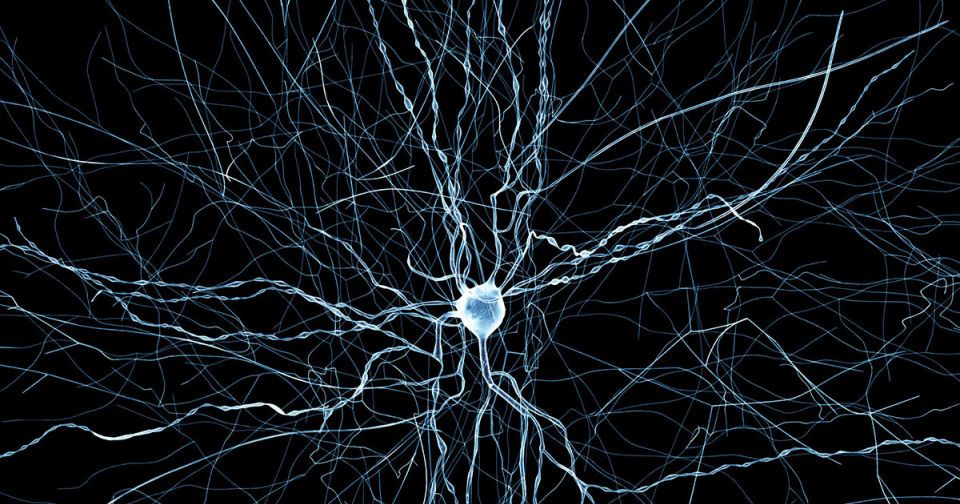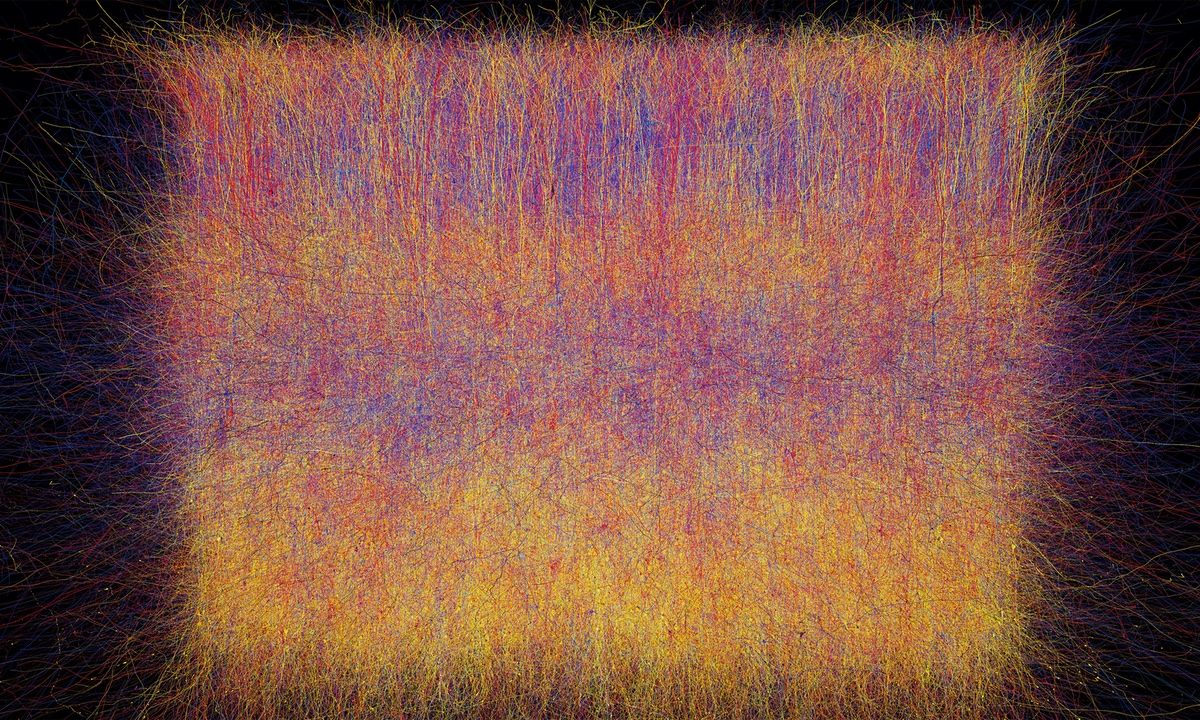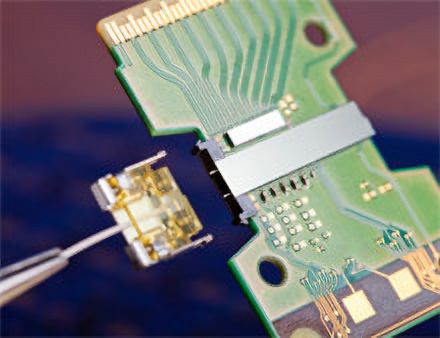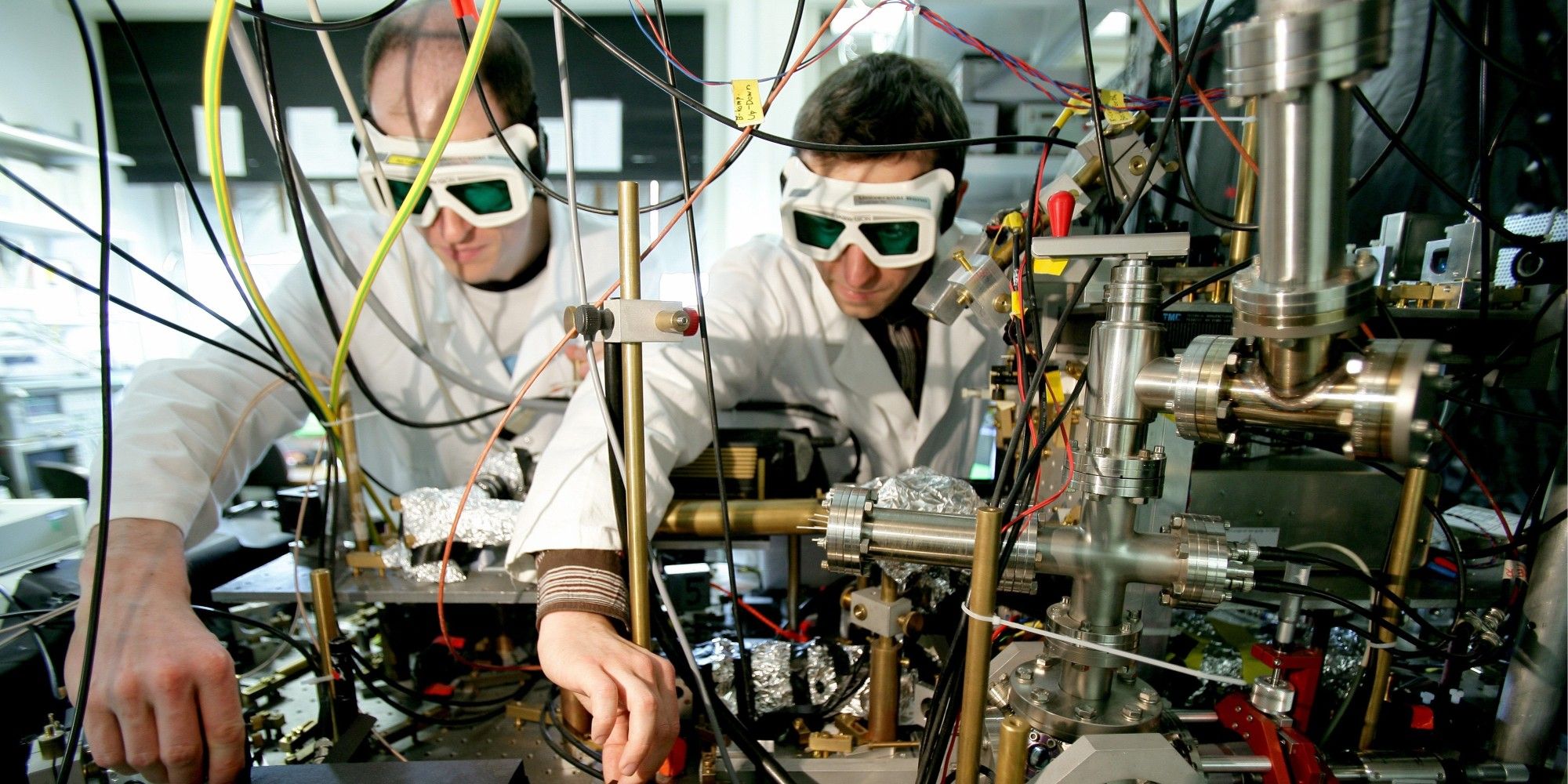Oct 9, 2015
Brain simulation breakthrough reveals clues about sleep, memory
Posted by Albert Sanchez in categories: information science, neuroscience, supercomputing
The Blue Brain Project is a vast effort by 82 scientists worldwide to digitally recreate the human brain. While still far from that goal, the team revealed a breakthrough that has already provided insight into sleep, memory and neurological disorders. They created a simulation of a third of a cubic millimeter of a rat’s brain. While that might not sound like much, it involves 30,000 neurons and 37 million synapses. In addition, the simulated level of biological accuracy is far beyond anything so far. It allowed them to reproduce known brain activities — such as how neurons respond to touch — and has already yielded discoveries about the brain that were impossible to get biologically.
To create the simulation, researchers did thousands of experiments on rat brains over a 20 year period, logging each type of synapse and neuron discovered. That led to a set of fundamental rules describing how neurons connect to synapses and form microcircuits. Using the data, they developed an algorithm to pinpoint the synapse locations, simulating the circuitry of a rat’s brain. All of that data was then run through a supercomputer: “It was only with this kind of infrastructure that we could solve the billions of equations needed,” said software lead Felix Schurmann.
















